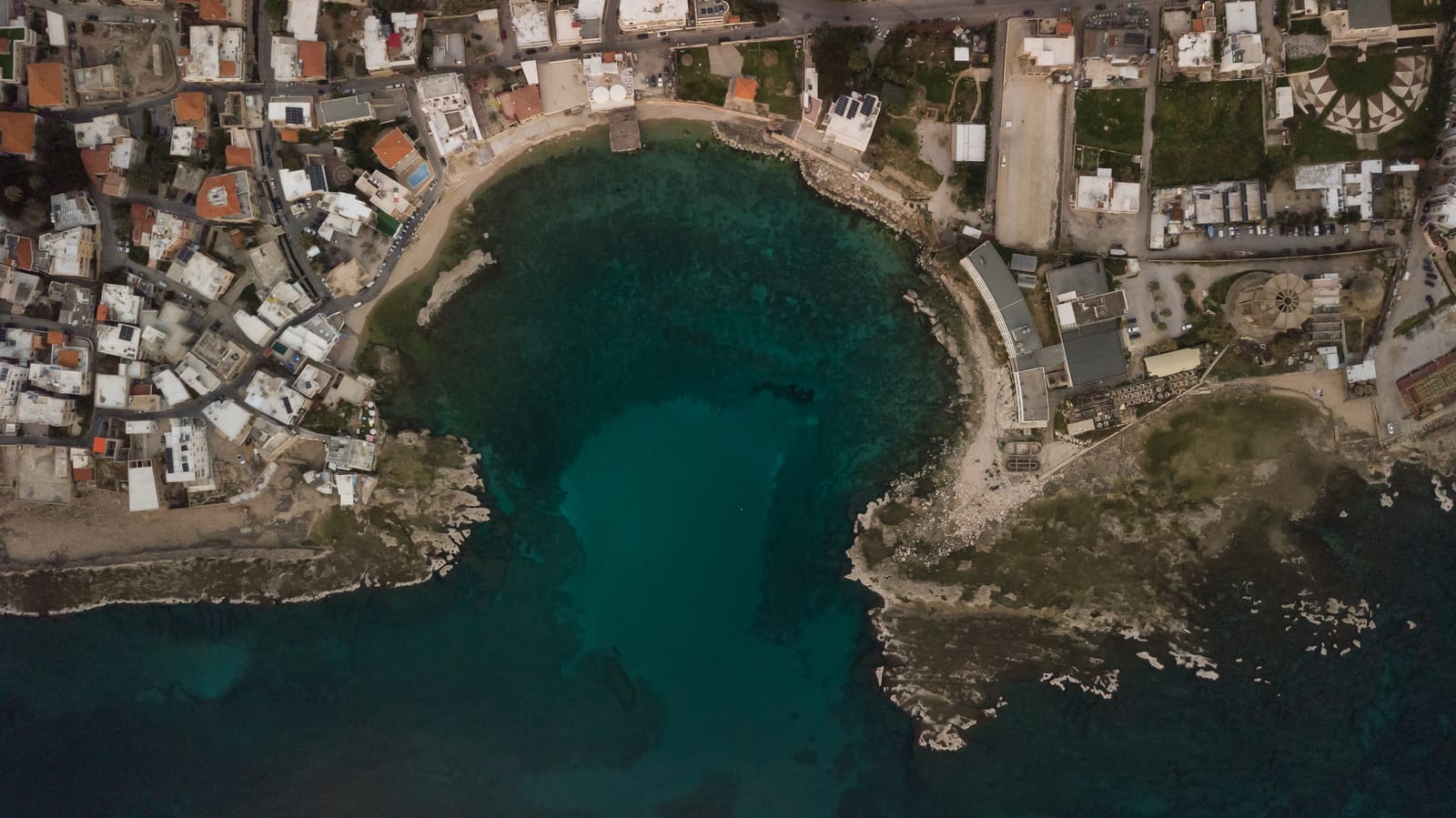LiDAR vs. Photogrammetry: Understanding the Geospatial Technologies

Understanding LiDAR Technology
In the ever-evolving landscape of geospatial technologies, LiDAR (Light Detection and Ranging) stands out as a revolutionary force. Leveraging laser pulses to measure distances, LiDAR facilitates the creation of intricate 3D models of the Earth's surface. This precision makes it a preferred choice in GIS mapping, especially for projects demanding high accuracy. As a professional in this field, I've seen firsthand how LiDAR transforms data collection, especially in challenging environments.
For example, when tackling dense forests or complex urban terrains, LiDAR's ability to penetrate canopies and capture ground data is unparalleled. It’s no wonder this technology is a game-changer in forestry, urban planning, and environmental monitoring. At Proffer GIS, we understand the importance of precision and offer LiDAR solutions tailored to your project needs. Whether you’re in the USA, UK, Australia, or elsewhere, the power of LiDAR can significantly enhance your geospatial projects.
Exploring the Benefits of Photogrammetry
Photogrammetry is another prominent player in the realm of geospatial technology. By utilizing photographs to produce 3D models, it offers a unique approach to GIS mapping. What I find particularly impressive about photogrammetry is its cost-effectiveness, making it an attractive option for smaller projects. If you're working within a budget but still require high-resolution imagery and detailed models, photogrammetry is worth considering.
From construction to cultural heritage preservation, photogrammetry is widely used across various sectors. Take, for instance, a project documenting historical sites; the detailed visual inspections possible with photogrammetry can preserve these treasures for future generations. At Proffer GIS, we provide comprehensive photogrammetry services that blend cutting-edge technology with expert knowledge, ensuring your projects are executed with precision and care.
Key Advantages and Drawbacks of LiDAR
LiDAR technology offers numerous advantages that make it an appealing choice for many geospatial projects. One of its standout features is its high accuracy and precision, which allows for the creation of detailed topographical maps with minimal errors. Additionally, LiDAR is capable of rapid data collection, covering large areas in a short period, which is invaluable in time-sensitive projects.
However, like any technology, LiDAR comes with its challenges. The initial costs can be high, and the need for specialized training can be daunting for some teams. Weather conditions, such as fog or heavy rain, can also affect its performance. Despite these drawbacks, the versatile applications of LiDAR—from flood modeling to archaeological site analysis—make it a powerful tool in the geospatial technology arsenal. At Proffer GIS, we help navigate these challenges, offering tailored solutions to maximize LiDAR's potential for your specific needs.
Comparing LiDAR and Photogrammetry for GIS Mapping
When comparing LiDAR and photogrammetry for GIS mapping, several critical differences come to light. LiDAR excels in complex terrains and areas with dense vegetation, producing detailed point clouds that are indispensable for topographic mapping. Photogrammetry, on the other hand, shines in open areas where visual detail is crucial, relying on captured imagery to provide accuracy.
In my experience, choosing between these technologies often depends on the specific requirements of the project. LiDAR may be the better choice when high precision is needed in challenging environments, while photogrammetry offers a cost-effective solution for mapping open spaces. At Proffer GIS, we specialize in guiding our clients through these decisions, ensuring that you select the best technology for your project's success.
Making the Right Geospatial Technology Choice
Deciding between LiDAR and photogrammetry for your geospatial project is a crucial step in optimizing efficiency and cost-effectiveness. Understanding the unique benefits each technology offers can have a significant impact on data quality and overall project success. For projects requiring extensive data collection in dense environments, LiDAR is often the ideal choice. On the other hand, if you're mapping open areas and need a quick, budget-friendly solution, photogrammetry may be more suitable.
Consider your project's requirements: What level of detail is necessary? Are there environmental conditions like dense vegetation that could affect data collection? At Proffer GIS, our expertise lies in helping you navigate these considerations, ensuring you make informed decisions tailored to your specific needs. With a commitment to innovation and excellence, we stand ready to support your geospatial endeavors, whether you’re in the USA, Canada, or beyond.

Revolutionizing Geographic Information Systems (GIS) with Drones

Latest Trends & Case Studies in GIS Mapping

The Power of GIS Mapping in Tackling Plastic Waste